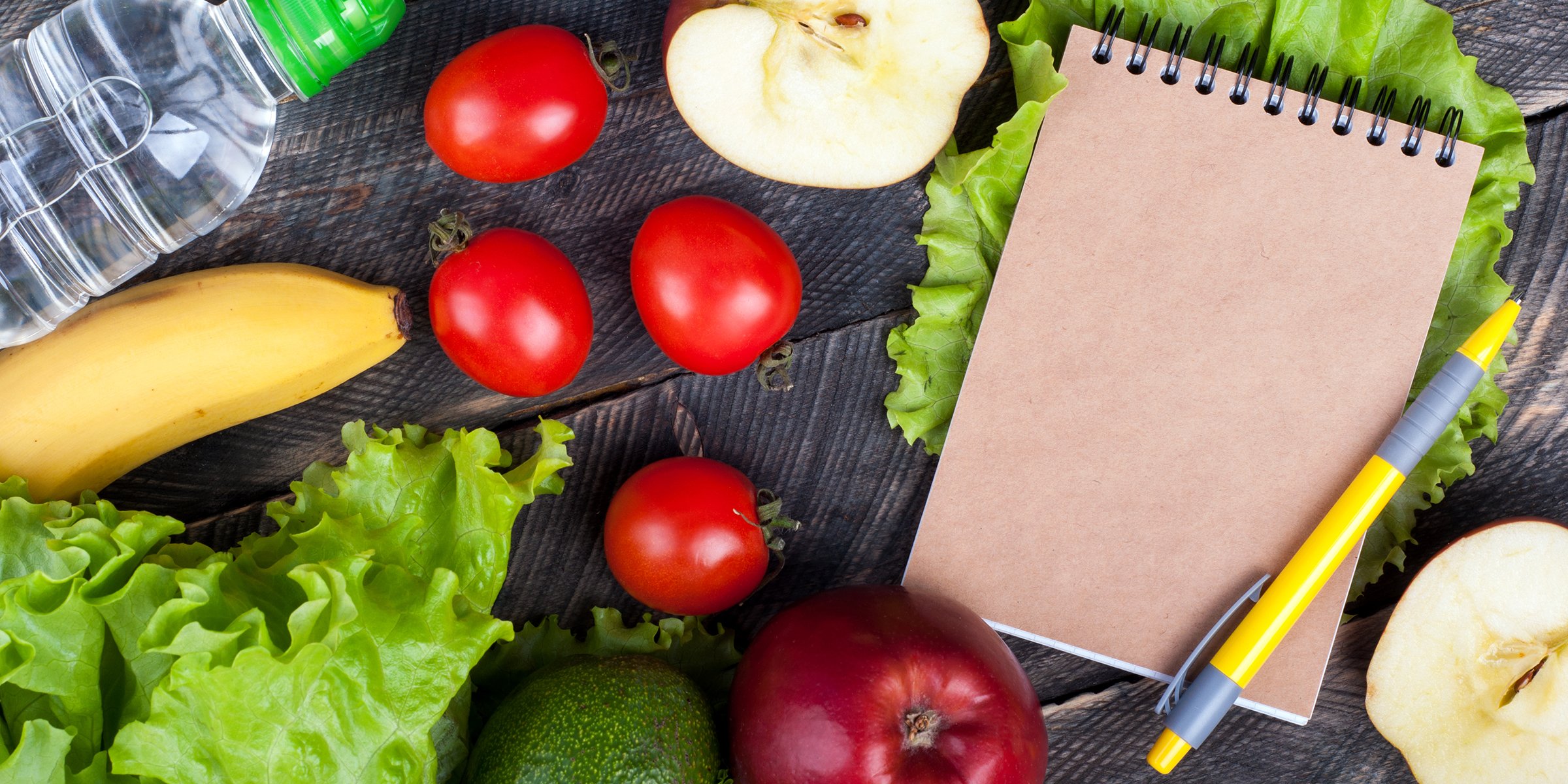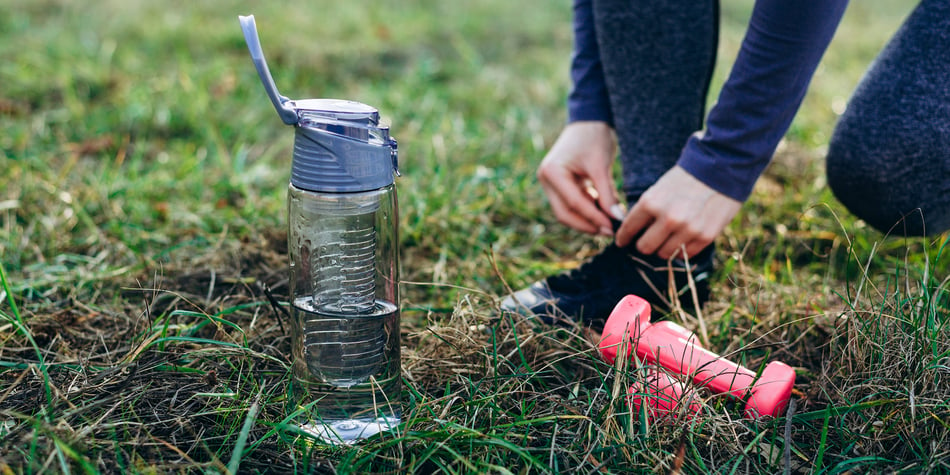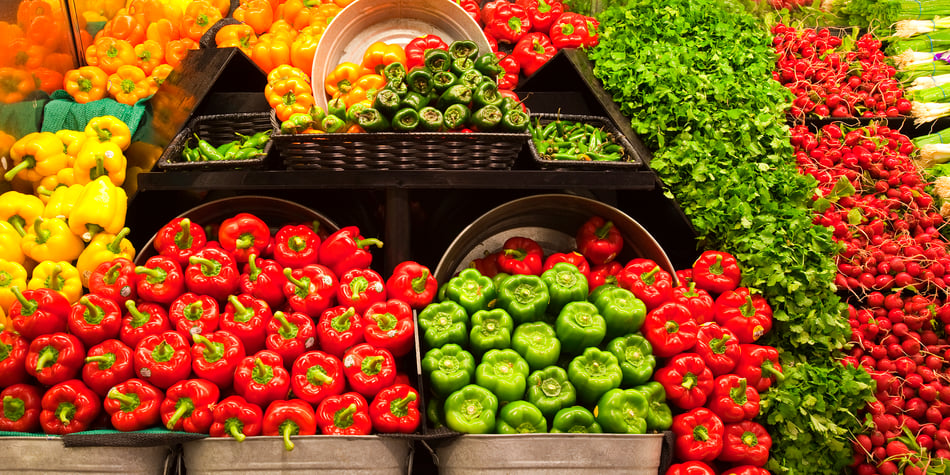19 June 2020
Building New Routines: The Five Key Aspects of Physical Wellness
“If you always put limit on everything you do, it will spread into your work and into your life....

Paradox's Blog is a hub for thought leadership in the areas of construction, engineering, project management, leadership, and business in the civil construction and geotechnical engineering industries.

22 July 2021

These are truly unprecedented times for everyone. Staying indoors, physical distancing, home schooling, and working from home—none of these things would have been considered to be the “new normal” of our lives a month ago.
We know staying home, whether for self-quarantine or social distancing purposes, is the right thing to do to help stop the spread. During these times, mindset plays a vital role in getting through this pandemic, both physically and mentally.
Here are some tips I’ve put together to help all of us maintain our mental wellbeing during this unfamiliar time.
While COVID-19 has affected all of our daily routines, setting a schedule for waking, eating, and bedtime can help. Resilience thrives with proper nutrition and rest. Get dressed as though you’re meeting people outside. Build in time to exercise and try to maintain as much normalcy as possible throughout your day.
For example, if you’re used to going to the gym every day before work, try and get an at-home workout in before starting your day, even if you can’t physically go to the gym. You can also find and try out new online workouts. Many gyms are providing videos of their workouts for people to do each day at home.

Fill the day with projects and end it with pleasant rituals such as reading and catching up with friends over video. Consider what anchors and relaxes you—for some, this might mean meditating, listening to music, practicing yoga, or gardening. Lift your spirits by watching funny movies. Try to steer clear of social media that makes you anxious and restrict news consumption, especially one hour before going to sleep.
Additionally, if your children are home from school, create a routine for them. This includes virtual learning with their school along with a structured schedule, so they know what’s expected of them. Try to limit screen time as much as possible and incorporate learning activities throughout the day. Overall, sticking to a routine can help reduce boredom, keep moods lifted, and prevent stress from taking over.

Sleep is part of your routine. Working remotely has the potential to alter sleep patterns as you may tend to go to bed later or sleep in longer. Try to stick to your normal schedule, if possible.
The Sleep Foundation has some helpful information about sleep during these times. Additionally, here are some tips on the importance of sleep from Telus Health.
Unless specified by public health officials to stay inside, try to go outside throughout the day. Take a walk in your neighborhood or sit outside in your backyard—try to avoid the park or other areas where large groups might be. When your skin is exposed to the sun, your body makes vitamin D. The majority of Canadians are reported to have inadequate vitamin D intakes, so exercising outside can help with that, especially as temperatures start to warm up. Don’t forget sunscreen, shades and a hat!

With all the sites I visit and the news articles out there, I’m reminded how healthy eating is integral for keeping our immune system in the best possible condition. However, I also find myself in front of my refrigerator more than usual, and likely not always making the best choices. Among the most discussed top suggestions for staying healthy during this time is to plan and minimize our trips to the supermarkets.
Visualize breakfast, lunch, and dinner for at least 5 days. What will you serve? What do you need? Consider the foods your family likes, your food preparation methods, interests and skills, and the time and energy you will have for preparing meals. Working from home may not mean there is more time to cook—especially if you're now responsible for teaching your kids and completing your own work each day.
Have children at home?
Include children in meal planning, preparation, and clean up while teaching them writing, math, reading, and science.

The healthiest meals emphasize whole grains, vegetables, and fruits—serve them in the greatest amounts. Meat portions should be smaller. This will save money and help keep dietary saturated fat in check. Make a shopping list—and use it! You’ll be less like to forget items or buy impulse items.
Stock up on nutrition-packed foods that will stay fresh for a week or longer.

Limit purchases of tempting foods like chips, sodas, cookies, and ice cream. They’re high in empty calories and run up your grocery bill. Also, go easy on the frozen dinners—most are high in sodium, fat, and calories.
Instead of buying ready-made hummus, pureed a drained can of chickpeas to make your own. Try a meatless meal, like chili with beans instead of beef. If fresh fruits and veggies are too costly, canned and frozen fruits and vegetables can provide the same nutrients as fresh produce. Best bets are plain frozen veggies and fruits. Go for low sodium canned veggies and fruits canned in juice or water. If these are in short supply, buy regular canned fruits and veggies—drain and rinse before use.
This will save you time and let you keep your social distance. Be sure to plan ahead since many stores need a day or two from order to delivery or pickup.

For further grocery tips for shopping during COVID-19, click here.
Whether it’s homemade or takeout, eating more meals at home is a new routine for many families. Keep the stress down by making mealtime fun.

With a 24/7 news cycle, it’s easy to become overwhelmed by watching the news and checking for updates on the situation surrounding COVID-19. It’s important to stay informed but try not to obsess. Instead of having the news on all day in the background while at home, check in periodically—once in the morning and once at night.
This can take many forms, including those discussed above. Exercise, reading, creative activities, yoga, gardening… all of these are great ways to keep busy while still practicing physical and social distancing.

Here are some other feel-good activities for your little ones. Cosmic Kids Yoga on YouTube is also a great way for small humans to start the day!
Take a step back and focus on the positive. Reserving five minutes each day to write down things you’re grateful for can lower stress levels and create a positive mindset. During a period of quarantine or social distancing, build time into your routine to practice positivity or express gratitude.
Psychologists say the one thing most associated with emotional resilience is social connection and support. So, reach out to that friend who’s struggling, get your friends together virtually over Zoom, and check on your neighbors. Nothing beats doing something nice for others. And these days, we’ll take all the good news stories we can!
In the midst of all this uncertainty I see opportunities for connection, courage, growth and compassion. I believe inspiring each other and feeling connected with one another will help us get through this together. Just knowing we are not alone in our feelings or struggles can be a big comfort.
It is a long established fact that a reader will be distracted by the readable content of a page when looking at its layout.
19 June 2020
“If you always put limit on everything you do, it will spread into your work and into your life....